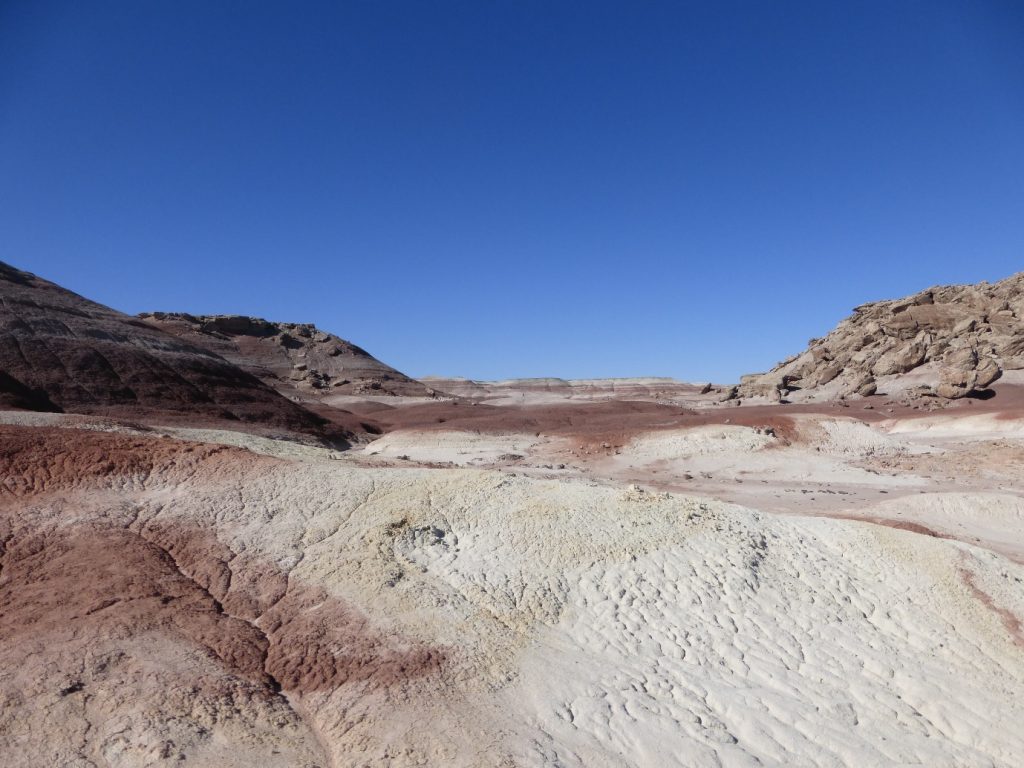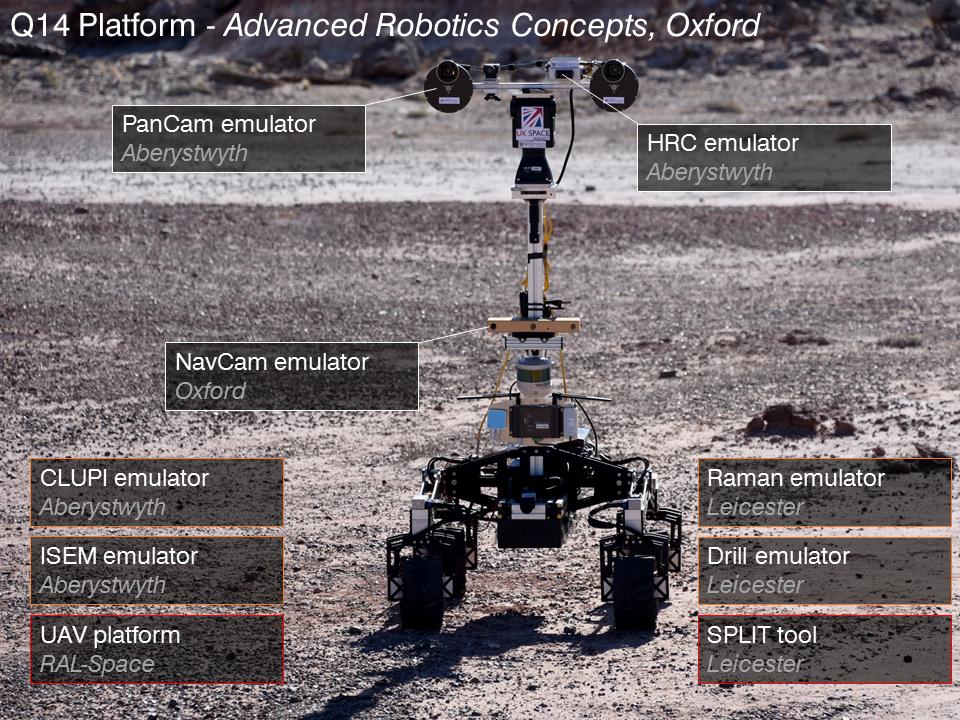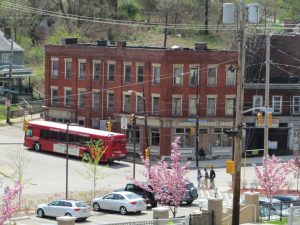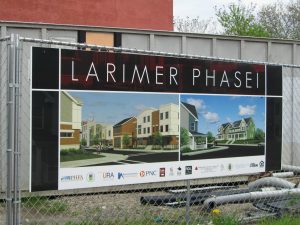This post was contributed by Dr Olivier Sibai, lecturer in marketing in Birkbeck’s Department of Management. Dr Sibai recently published a paper entitled ‘Marketing as a Means to Transformative Social Conflict Resolution: Lessons from Transitioning War Economies and the Colombian Coffee Marketing System‘ in the Journal of Public Policy and Marketing
Colombian peace agreement: is it really the end of the longest civil war?
After four years of negotiations, the Colombian government and the representatives of the FARC signed a historical peace deal this summer. The deal was ratified by the house of representative on the 30th November, officially ending 52 years of a civil war which has left up to 250 000 people dead and over 5 million people displaced. The peace deal was hailed by the international community as a major achievement. High Commissioner for Peace Sergio Jaramillo described it as a miracle and the country’s President, Juan Manuel Santos, received the Nobel Peace Prize for his role.
While the peace agreement is clearly a great achievement, voices are already raising concerns about the risks of ex-fighters joining criminal gangs. Clearly, the agreement is only the first step of a long peace-building process. As long standing civil war deeply changed Colombian society, peace-building will be a challenging process, necessitating the overcoming of many hurdles over many years.
Peace-making: a political challenge with a political solution?
Peace-making in Colombia is clearly a political challenge. Civil wars developed because, 50 years ago, the state was dysfunctional to the extent that it failed to provide certain public goods required for societal well-being. In particular, security manifested as physical safety, wealth, and welfare was limited to small segments of society – typically affiliated with the ruling party or class. In the wake of this situation, rebel parties emerged, fighting the state to implement a different political order.
Peace-making, therefore, typically involves achieving three objectives: restoring the ability of the state to provide public good, undermining the ability of the rebel parties to challenge the state through war-making, and facilitating reintegration of the actors actively engaged in the war in a state-centered society. The peace agreement ratified in Colombia addresses those three political issues through political solutions. The Colombian state will redistribute land and invest in rural development, set up of a transitional justice system to judge and formally reintegrate the former rebels, and guarantee the FARC a place in democratic debates as a political party. International political organisations will also be involved, with, for example, the United Nations overlooking disarmament in the coming months. Civil society is already contributing to peace-making, facilitating community dialogue and communicating the benefits of citizenship and law-obedience within sensitive communities.
Peace-making: a market problem – with political or market-based solutions?
While political issues must undoubtedly lead the peace-making process, markets will also necessarily play a significant role in turning the peace-making initiative into a long-term success or a failure. As the civil war continued, the Colombian economy transformed into a war economy – an economic system adapted to the context of violent conflicts and functioning largely outside the rule of law. As the war economy itself continued, it stabilized itself as the new economic order, making it difficult to return to a peace economy. The markets of the war economy became institutionalized and business actors became dependent on the continuation of war to sustain their livelihood, producing short-term economic interest in perpetuating the war economy. The actors of the combat market accumulate their wealth from trade activities that directly fund the war (e.g. trade of money, arms, equipment, and fuel; taxation of licit and illicit economic activities). The actors of the shadow markets accumulate theirs from lucrative entrepreneurial activities on the margin of it (e.g. drug trafficking, smuggling, mass extraction of natural resources, currency exchange, and manipulation of aid resources). The actors of the coping markets (e.g. wage labor, petty trade) depend on the combat and shadow markets to eke out a living and reimburse their loans.
As business actors are embedded in the war economy, they are often viewed as a significant force working against peace-making. Typical approaches to fostering the transition from a war economy to a peace economy are therefore political, involving policies and interventions aimed at controlling market actors. The peace agreement for example foresees the states collaborating with the international community to crack down on narco-traffickers.
Yet, in the past 15 years, governmental institutions in countries afflicted by civil wars have been criticized as kleptocracies manipulated by elites embedded in the war economy to retain power and wealth. Markets, by contrast, have increasingly been recognized as including the potential to be the pro-social forces contributing to peace-making in such contexts, promoting cooperation, inclusion, security, social justice, and sustainable prosperity. Some have argued that business people have more interest in building a deeper peace than transitory international peacebuilding officials as they have a long-term personal investment in the country. Others have depicted business sites, such as plantations or large mines which remained “islands of civility” in times of war, as representing spaces in which trust and hope can redevelop in post-war periods.
Envisioning market-based solutions to peace-making
If market-based solutions can complement political solutions to peace-making in Colombia, we still need to understand how markets can contribute to stabilizing Colombia into peace rather than destabilize it back into war. And today, we still know very little about that.
My colleagues and I argue that, for markets to contribute to transforming the war economy into a peace economy, marketers need to shift their perspective. They need to view themselves not solely as economic agents guided by profit but as policy agents or corporate diplomats, equally interested in promoting social wellbeing through the market. From this perspective they must design peace-making markets rather than just design marketing tactics in existing war markets.
Now, what would a peace-making market look like? To get a first picture of this, we investigated the fair-trade coffee market system in the Colombian civil war. Overall our analysis shows that promoting individual empowerment, communication, community building, and regulation within markets represented useful anchors for marketers to design a peace-making markets, contributing altogether to legitimizing the government as a provider of public good, weakening rebel forces and helping market actors from the war economy to transition to a peace economy. Let us look at each anchor in turn.
- First, the Colombian fair-trade coffee market system has empowered individual actors from the shadow markets engaged in illegal entrepreneurial activities on the margin of the war, providing them with the necessary resources and capabilities to reintegrate into the peace economy. For example, it has given farmers a viable “way out” of cocaine production.
- Second, it has fostered the development of resourceful communities that incentivize actors from the coping markets, struggling to eke a living, to embrace the peace economy. For example, fair-trade coffee certification came along with training, increasing poor farming communities’ knowledge and expertise and the provision of education and health care for communities.
- Third, the marketing system promoted communication between/among market actors and government bodies, enhancing the legitimacy of the state. For example, governmental methods to eradicate cocaine fields which damaged crops pitted the government against coffee farmers suffering from it, breaking ties between them. The democratic requirements of decision-making in fair trade coffee cooperatives motivated negotiations with the governments which successfully led to developing less destructive ways of eradicating cocaine plantations, relegitimizing governmental activities.
- Finally, the fair trade coffee marketing system promoted the development of self-imposed market regulations that promote the view that prosperity can be attained through the peace economy. Governmental support of such regulations further legitimized the state as a provider of public good.
We do not contend that the anchors identified will necessary be the same in different contexts as there is no one-size-fits-all approach to peace-making. We do not contend either that market-based solutions to peace-making are alternatives to political solutions to peace-making. However, they represent a useful and necessary complementary approach. Markets will play an important role in the actual long-term pacification of Colombia and it seems unlikely that the war economy will transition in a peace economy without peace-making initiatives from market actors themselves. It is therefore essential that the Colombian government and the international communities consider carefully how they can promote and leverage market-based peace-making initiatives when working towards peace-making.
Further information:
- For more information about Dr Sibai’s latest article visit the AMA publications website
- Research Centres within Birkbeck’s School of Business, Economics and Informatics
- Birkbeck’s Department of Management
- Marketing courses at Birkbeck
- Listen to Dr Oscar Guardiola-Rivera (Law) speaking about his involvement in Colombian peace talks during the 1990s in the Birkbeck Voices podcast
(from 9 mins, 30 secs)







